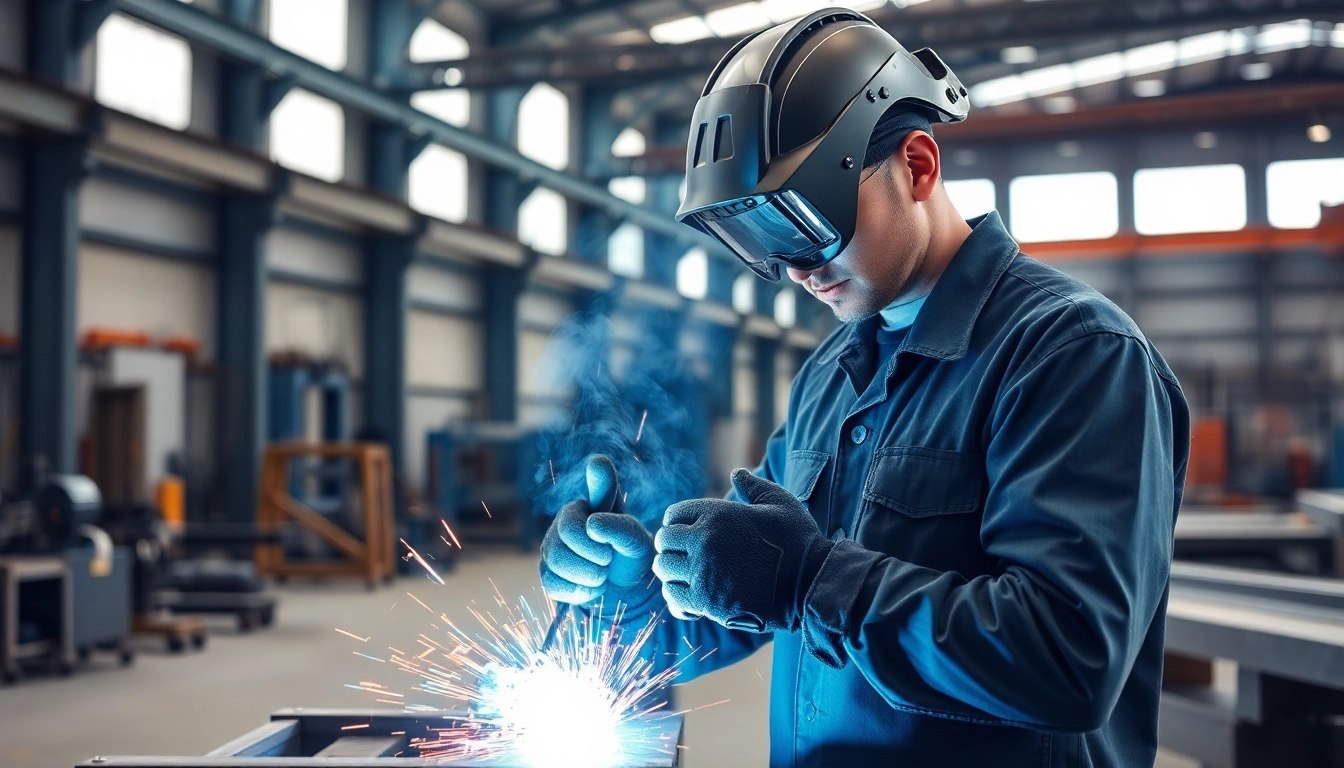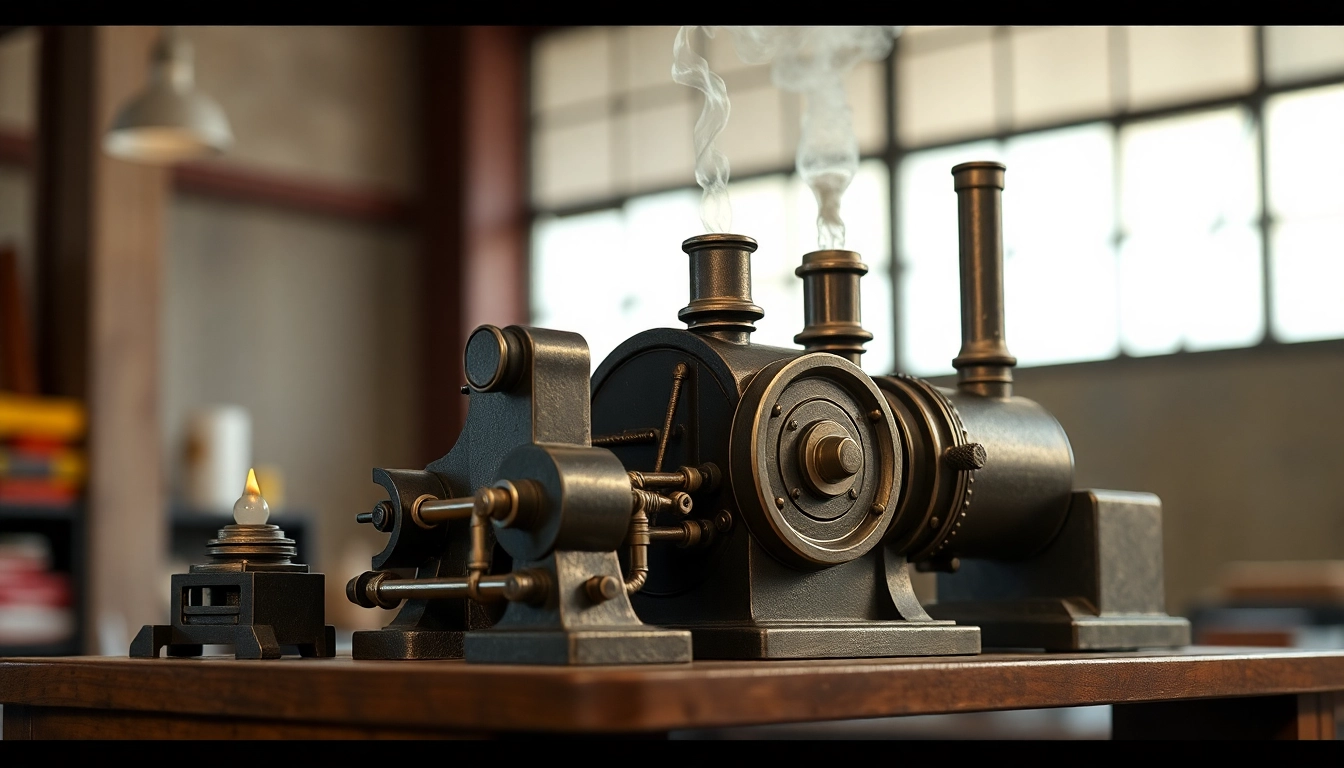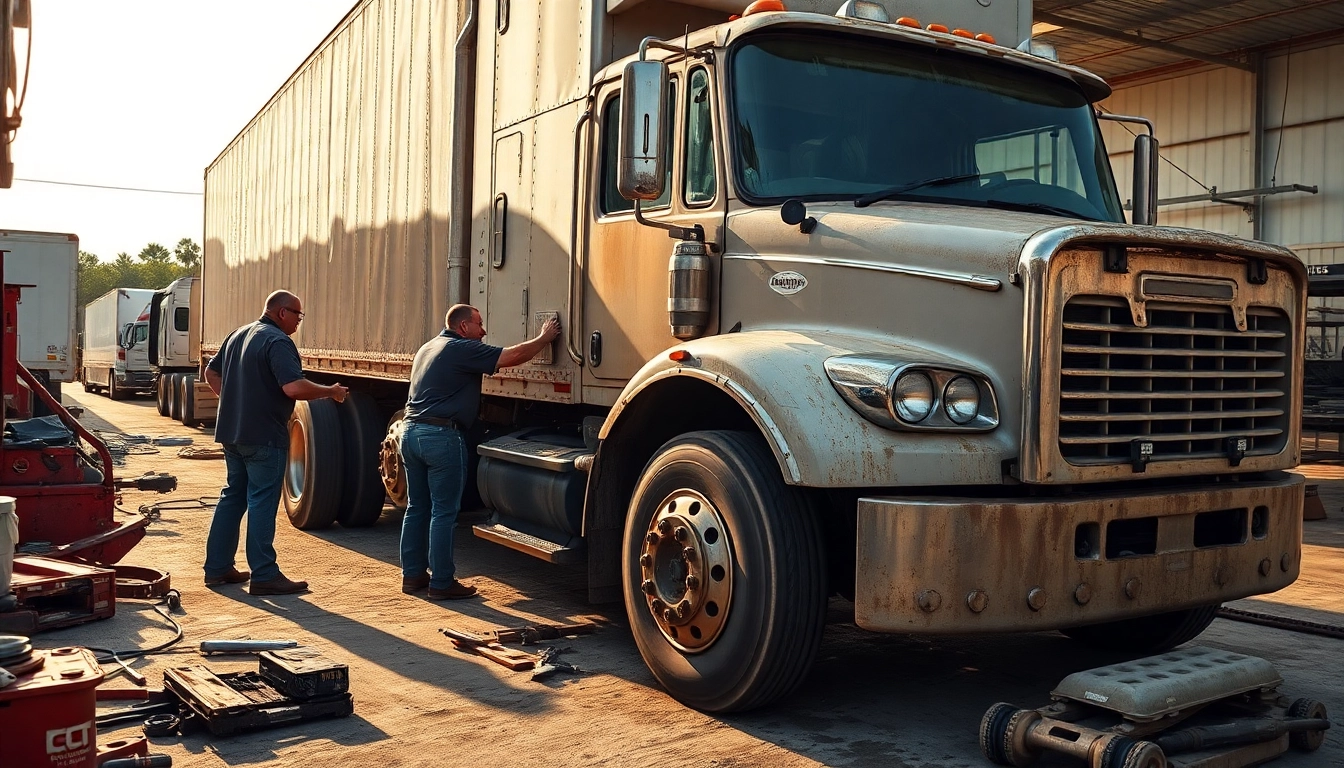Understanding Structural Steel Welding
What is Structural Steel Welding?
Structural steel welding is a vital process in the construction and manufacturing industries, involving the joining of various steel components to create robust structures that can withstand significant loads and stresses. This type of welding is not merely about fusing pieces of metal but also about ensuring that they adhere to industry standards and building codes. Structural steel welding primarily uses methods such as Shielded Metal Arc Welding (SMAW), Gas Metal Arc Welding (GMAW), and Flux-Cored Arc Welding (FCAW), each offering unique advantages and disadvantages depending on the application.
Importance of Structural Steel Welding in Construction
The importance of structural steel welding cannot be overstated. It serves as a backbone for numerous structures, including bridges, skyscrapers, and industrial facilities. Through proper welding, steel components are not only joined but also gain increased strength and reliability. Structural steel welding ensures that components work cohesively to bear weight, resist environmental conditions, and maintain structural integrity over time. Additionally, standards established by organizations such as the American Welding Society (AWS) articulate crucial parameters that guide welders in producing high-quality welds necessary for safety and performance.
Common Applications of Structural Steel Welding
Common applications for structural steel welding span across various sectors. In construction, it is used to fabricate steel beams, columns, and trusses. The automotive industry relies on welding to create chassis and body components. Similarly, manufacturing plants utilize structural steel welding in the assembly of machinery and large-scale production equipment. Infrastructure projects like bridges and tunnels also harness the strength of welded steel for durability and safety. Public buildings, residential projects, and even art installations frequently incorporate this essential technique, highlighting its versatility.
Techniques for Structural Steel Welding
Manual Arc Welding Methods
Manual arc welding methods, particularly Shielded Metal Arc Welding (SMAW), are widely recognized for their simplicity and effectiveness. This process involves creating an arc between a consumable electrode and the steel to melt and fuse them together. Welders can easily operate SMAW with portable equipment, making it suitable for both shop and field applications. While it offers great flexibility, particularly in adverse conditions, mastering the technique requires practice, precision, and a solid understanding of the materials being welded.
Gas-Shielded and Flux-Cored Welding Techniques
Gas-shielded welding techniques, like Gas Metal Arc Welding (GMAW), utilize a mixture of inert gases to protect the weld pool from contamination, thus ensuring cleaner, stronger welds. This method is particularly favored for its speed and efficiency, enabling welders to produce high-quality results in less time. Flux-Cored Arc Welding (FCAW) is another popular choice, especially for outdoor applications, as it provides excellent penetration and is capable of welding thicker materials. Choosing between these methods depends on factors such as material thickness, joint design, and environmental conditions.
Choosing the Right Technique for Your Project
Choosing the right welding technique is crucial for project success. Factors like base metal composition, joint type, and environmental conditions must be considered. For instance, SMAW is ideal for heavy sections in outdoor environments, while GMAW is often preferred for interior projects due to its cleaner welds. A comprehensive evaluation of these elements can guide fabricators and contractors in selecting the best approach, ensuring that the final structure meets the required specifications and safety standards.
Essential Equipment for Structural Steel Welding
Welding Machines and Their Specifications
The choice of welding machine plays a pivotal role in the success of structural steel welding. Different welding processes demand specific machines. For example, MIG welders are designed for GMAW processes and often come equipped with a gas supply and a wire feeder. SMAW requires an electrode holder and a power source capable of maintaining the arc. When selecting a welding machine, consideration must be given to power output, duty cycle, and the materials being welded to ensure optimal performance.
Protective Gear and Safety Equipment
Safety cannot be compromised in structural steel welding. Protective gear is essential and includes welding helmets, gloves, jackets, and sturdy boots. Helmets should meet the latest safety standards and offer adequate protection from harmful UV rays and sparks. Additionally, effective ventilation systems must be in place to prevent the buildup of harmful gases and fumes. Training on proper safety protocols further enhances on-site safety and reduces the risk of accidents.
Additional Tools for Efficient Welding
Aside from welding machines and protective gear, various tools can enhance the efficiency of structural steel welding. Clamping devices, such as V-blocks and clamps, are instrumental in securing pieces before welding, thereby ensuring accuracy. Angle grinders, wire brushes, and cleaning tools are critical for preparing surfaces and managing post-weld cleanup. Having the proper tools readily available boosts productivity and minimizes the potential for error during the welding process.
Best Practices in Structural Steel Welding
Preparation and Setup for Effective Welding
The key to achieving quality welds starts with thorough preparation. This involves cleaning the base materials to remove contaminants like rust, dirt, and oil. Additionally, proper fit-up and alignment of joints contribute significantly to the overall strength of the weld. Preheating materials when necessary can help minimize distortion and improve the effectiveness of the weld. Attention to these details establishes a solid foundation for successful welding.
Testing and Quality Assurance Measures
Quality assurance in structural steel welding often involves rigorous testing methods to verify the integrity and strength of welds. Non-destructive testing techniques, such as ultrasonic and magnetic particle testing, help identify flaws without damaging the structure. Adherence to established welding codes, such as those set by the AWS, ensures that welders meet industry standards. Documenting welding procedures and results not only upholds accountability but also serves as a reference for future projects.
Common Mistakes to Avoid in Structural Steel Welding
Despite the best efforts, mistakes can occur in structural steel welding. Common errors include inadequate cleaning of metal surfaces, poor heat management, and incorrect travel speed. Ignoring the correct electrical settings can also lead to defects like porosity or lack of fusion. Strategies to mitigate these issues include ongoing training for welders, regular maintenance of equipment, and developing a checklist for the preparation and execution of welding tasks.
The Future of Structural Steel Welding
Innovations in Welding Technology
The future of structural steel welding is bright, marked by innovations that promise to enhance efficiency and quality. Advancements in robotic welding technology can automate repetitive tasks, significantly increasing production rates and reducing human error. Machine learning algorithms are also being developed to optimize welding parameters based on real-time data, allowing for precise adjustments during the welding process. Such continuous improvements lead to higher standards in safety and productivity across the industry.
Skills and Training for Future Welders
As technology advances, the skillsets required for welders will evolve. The integration of digital tools and equipment mandates that future welders possess a blend of traditional hands-on skills along with technical competencies in operating modern welding machines. Continuous education and on-the-job training will be essential. Programs focusing on advanced welding techniques and emerging technologies will prepare the next generation for the demands of an ever-evolving industry.
The Impact of Automation on Structural Steel Welding
Automation is redefining structural steel welding, bringing about greater precision, speed, and consistency. With automated welding systems, repetitive tasks become more efficient, freeing skilled welders to focus on more complex and critical jobs. This transition may also help alleviate labor shortages, as fewer workers are needed for mundane tasks. However, it underscores the necessity for current welders to adapt and sharpen their skills in digital technologies to remain relevant in an automated landscape.



